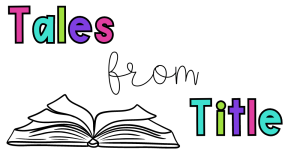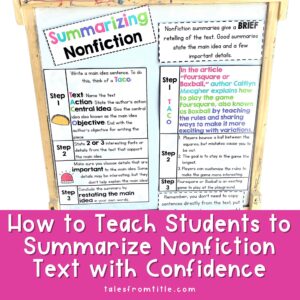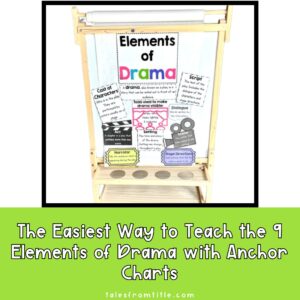In addition to developing phonemic awareness skills, letter recognition is essential in helping students build a solid foundation for learning to read. Learning both the capital and lowercase letters of the alphabet helps students as they enter kindergarten, which, as we all know, has rigorous demands for students to learn to read and write.
However, like all things in life, the playing field is not even. Some students come to school with little to no knowledge of letters, while others grew up in a print-rich environment, attended preschool, and had caregivers who read to them.
What can we do as teachers to help level the playing field for students who come to preschool or kindergarten lacking the proper home support and a print-rich environment? First, provide intervention early. You will be able to identify these students very quickly, so you can ensure they are being met with early and often to try to fill in those gaps. Secondly, knowing the four components of learning letters can help you provide high-quality, well-rounded learning experiences to help students learn their letters.
So, with that in mind, let’s take a look at the four components you should be including in your lessons when helping students learn their letters.

What are the four components of learning letters?
1. Letter Recognition
Letter recognition is the child’s ability to recognize the size and shape of the letter. Students need to be able to identify a letter when it is shown to them or pick out a letter from a group of letters.
Children often start learning their capital letters first because this is the way we often see them on children’s toys, blocks, and magnetic letters. However, we can’t assume a child will know the lowercase letter because they know the uppercase. Many letters in the alphabet have a different shape in their capital and lowercase forms. So, it is vital that students learn to recognize both the upper and lowercase versions of a letter, which means they technically have 52 letters to learn, not 26!

2. Letter Naming
Letter naming is the ability to recognize that the shape of a letter is associated with a letter name.
You probably think of letter naming when you think of students learning their letters. It makes me think of flashcard drills where you show students a letter, and they yell out the name. When helping students become fluent in letter naming, it is important to remember you want them to be able to say a letter name within three seconds of seeing it. If they have to stop, think, and talk through things, they do not fluently know the letter.

3. Letter Sound Knowledge
Letter sound knowledge is the ability for a student to determine what sounds correspond to the shape or name of the letter.
Along with letter naming, this is probably the other most common idea that you think of when you are teaching letters. Letter sound knowledge is crucial for students to be able to learn to read because they need to know the sound of each letter or phoneme in order to read words.
Just like with letter naming, when you are having students tell you the sound a letter makes, you want them to be fluent and say the sound within three seconds of being shown the letter. Many programs come with a story about a letter – say the letter name, say a word that begins with that letter, say the letter sound. For example, d, dog, /d/. If a student is only able to tell you the letter sound when they tell you the whole story, they do not fluently know their letter sounds. Like with letter naming, you want them to be able to say the sound only within three seconds of seeing the letter.

4. Letter Writing
Letter writing is the ability to trace or write a letter. The phonics program you use probably has a letter formation guide or verbal cues you use when teaching students to write each letter. When working with students on letter writing, be sure to talk about the letter name and the sound it makes. It will feel like you are a broken record, but the repetition and repeated exposure really help those students who do not know their letters yet.

Final Thoughts
Full disclosure, I have 100% been the teacher that relied too heavily on flashcards when providing intervention for my kindergarten and first-grade students working on learning their letters. And if you have or do too, it’s okay. 😊
As teachers, we are always learning and growing to perfect our craft and become better teachers. So, I would encourage you to try to incorporate all four components of letter learning into your lessons as you teach students the letters of the alphabet. This allows students to interact with the letters in a variety of ways and understand all of the different ways they will encounter and use letters in their day-to-day life.
Leave me a comment below and tell me your favorite activities and games for teaching letters.





